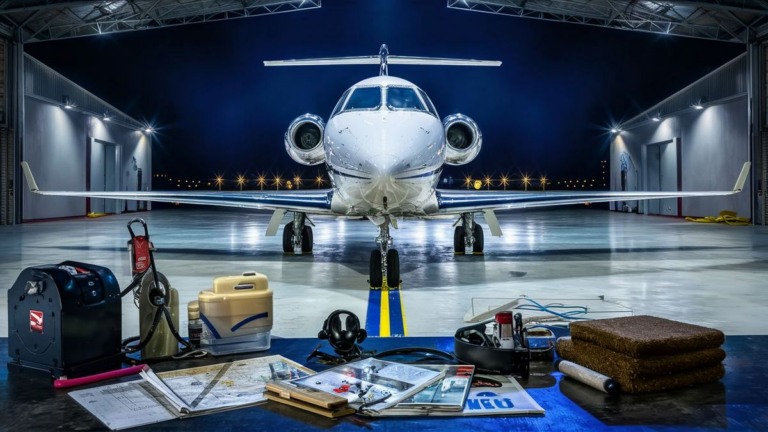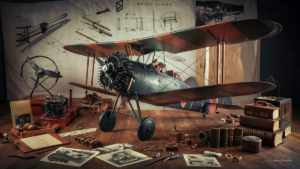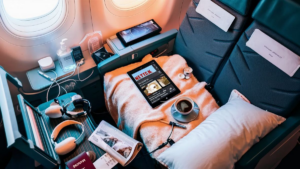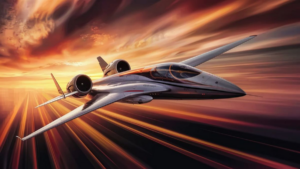When considering the prospect of owning an aircraft, it’s crucial to understand the full spectrum of costs involved. From initial purchase to ongoing maintenance, insurance, fuel, and operational expenses, owning a plane entails a significant financial commitment. Let’s delve into the various factors that contribute to the overall cost of aircraft ownership.
Initial Purchase Price
The initial cost of purchasing a plane varies widely depending on several factors such as the type, model, age, condition, and market demand. New aircraft can range from tens of thousands to millions of dollars, while used planes may offer more affordability but may also require additional maintenance and upgrades.
Operating Costs
Operating costs constitute a substantial portion of the overall expenses associated with owning an aircraft. These costs typically include fuel, maintenance, hangar fees, insurance, and pilot expenses. Fuel costs fluctuate based on factors like fuel type, distance traveled, and prevailing fuel prices. Maintenance expenses encompass regular inspections, repairs, and overhauls to ensure the aircraft’s airworthiness.
Insurance
Insurance is a crucial component of aircraft ownership, covering potential liabilities, damages, and accidents. The cost of insurance varies based on factors such as the aircraft’s value, usage, pilot experience, and coverage limits. Owners must maintain adequate insurance coverage to protect their investment and mitigate financial risks.
Depreciation
Similar to other high-value assets, aircraft are subject to depreciation over time. The rate of depreciation depends on factors such as market demand, aircraft condition, and technological advancements. Owners should consider depreciation when evaluating the long-term financial implications of aircraft ownership.
Additional Expenses
Beyond the fundamental costs mentioned above, owning a plane may entail various additional expenses, including avionics upgrades, navigation equipment, regulatory fees, and training programs. These discretionary expenses contribute to enhancing safety, comfort, and operational efficiency but also add to the overall cost of ownership.
While owning a plane offers unparalleled freedom and convenience, it comes with a considerable financial commitment. Prospective aircraft owners should carefully evaluate their budget, operational requirements, and long-term financial goals before embarking on aircraft ownership. Understanding the full spectrum of costs involved is essential for making informed decisions and ensuring a successful aircraft ownership experience.
Fuel Efficiency
One significant consideration for aircraft owners is fuel efficiency. Different aircraft models have varying fuel consumption rates, which directly impact operational costs. Owners often analyze fuel efficiency metrics to optimize flight routes and minimize fuel expenses.
Factors Affecting Fuel Efficiency
Several factors influence fuel efficiency in aircraft, including engine type, aerodynamic design, weight, altitude, and weather conditions. Owners may implement strategies such as optimizing flight altitudes, reducing unnecessary weight, and using fuel-efficient engines to enhance fuel efficiency.
Benefits of Fuel Efficiency
Improving fuel efficiency not only reduces operating costs but also contributes to environmental sustainability by lowering carbon emissions. Additionally, enhanced fuel efficiency can extend the aircraft’s range, allowing for longer flights without refueling stops.
Frequently Asked Questions
| Question | Answer |
|---|---|
| What are some ways to reduce operating costs? | Owners can reduce operating costs by optimizing fuel efficiency, conducting regular maintenance, and exploring shared ownership or leasing options. |
| Is it possible to estimate annual maintenance expenses? | Yes, owners can estimate annual maintenance expenses based on factors such as aircraft type, usage, and maintenance history. |
| How can owners mitigate depreciation? | Owners can mitigate depreciation by maintaining their aircraft in good condition, staying updated with technological advancements, and choosing aircraft models with strong resale value. |
See also:






